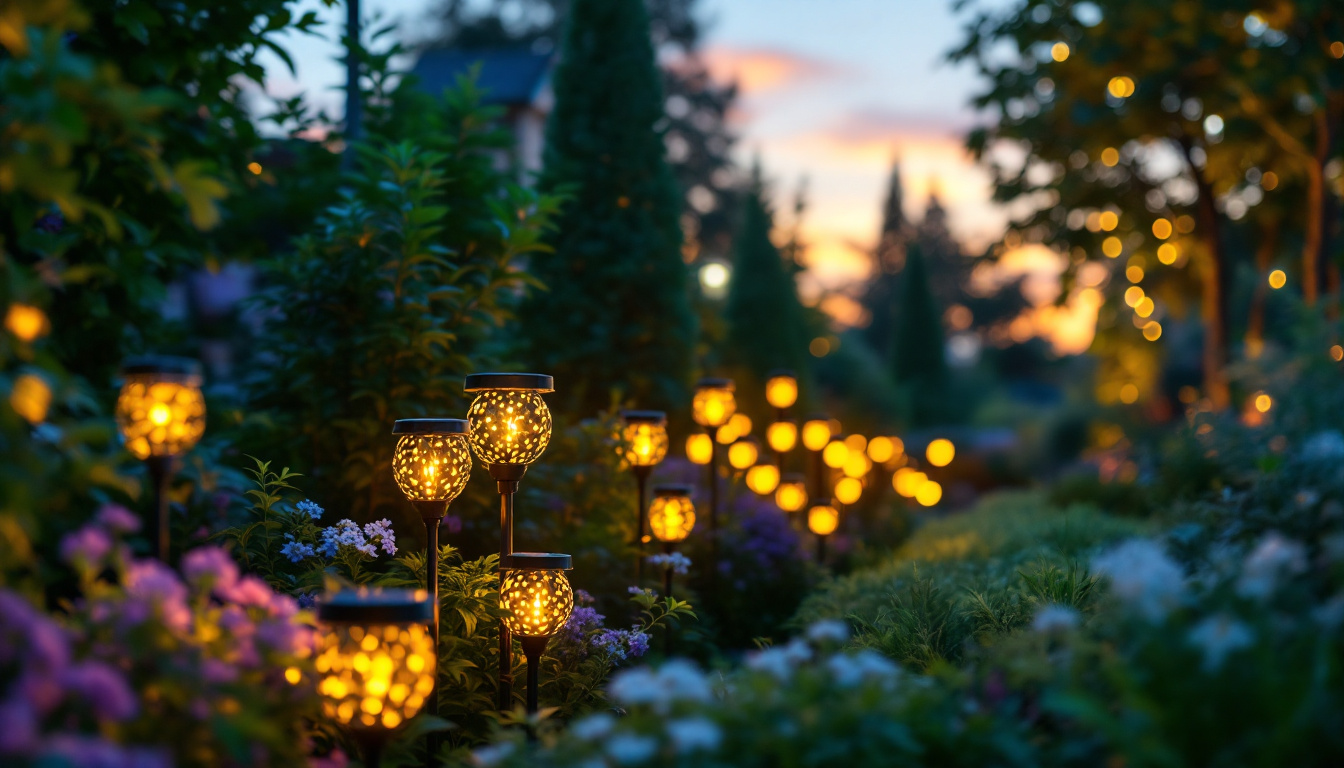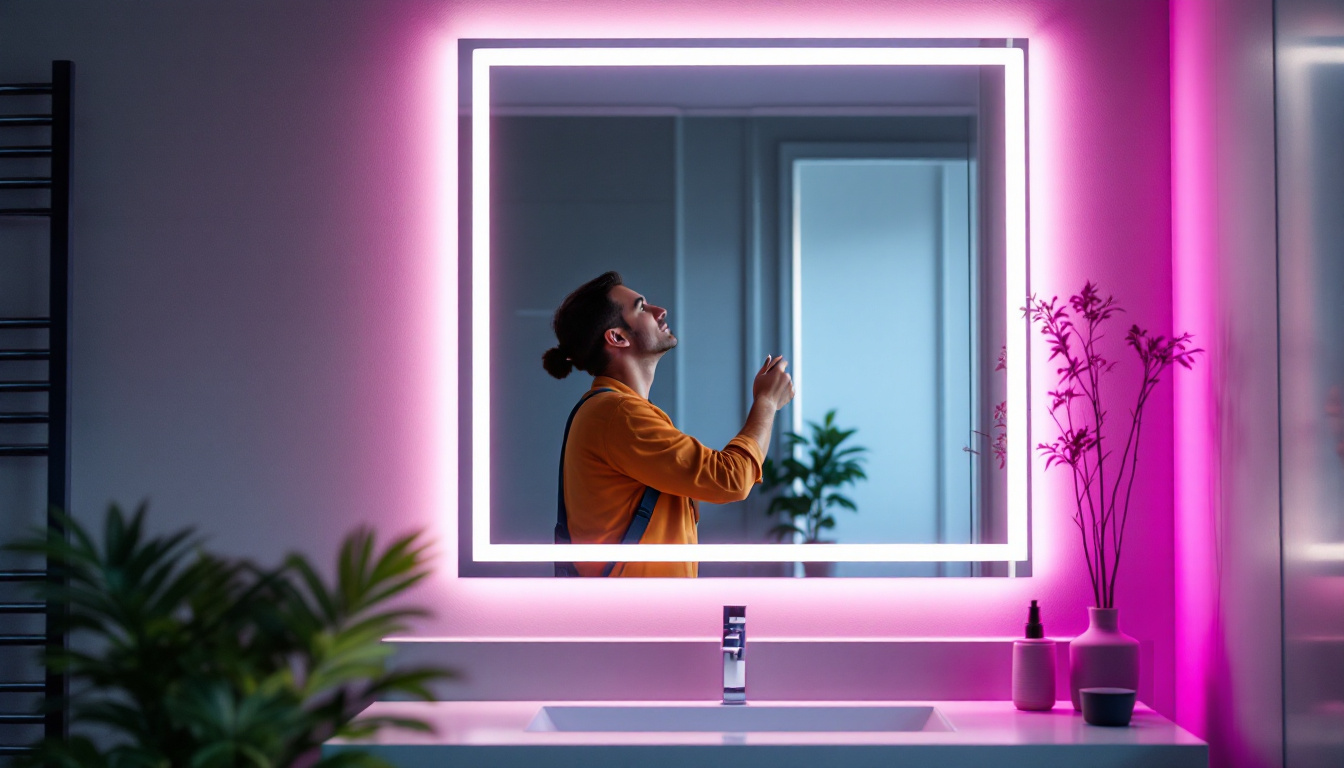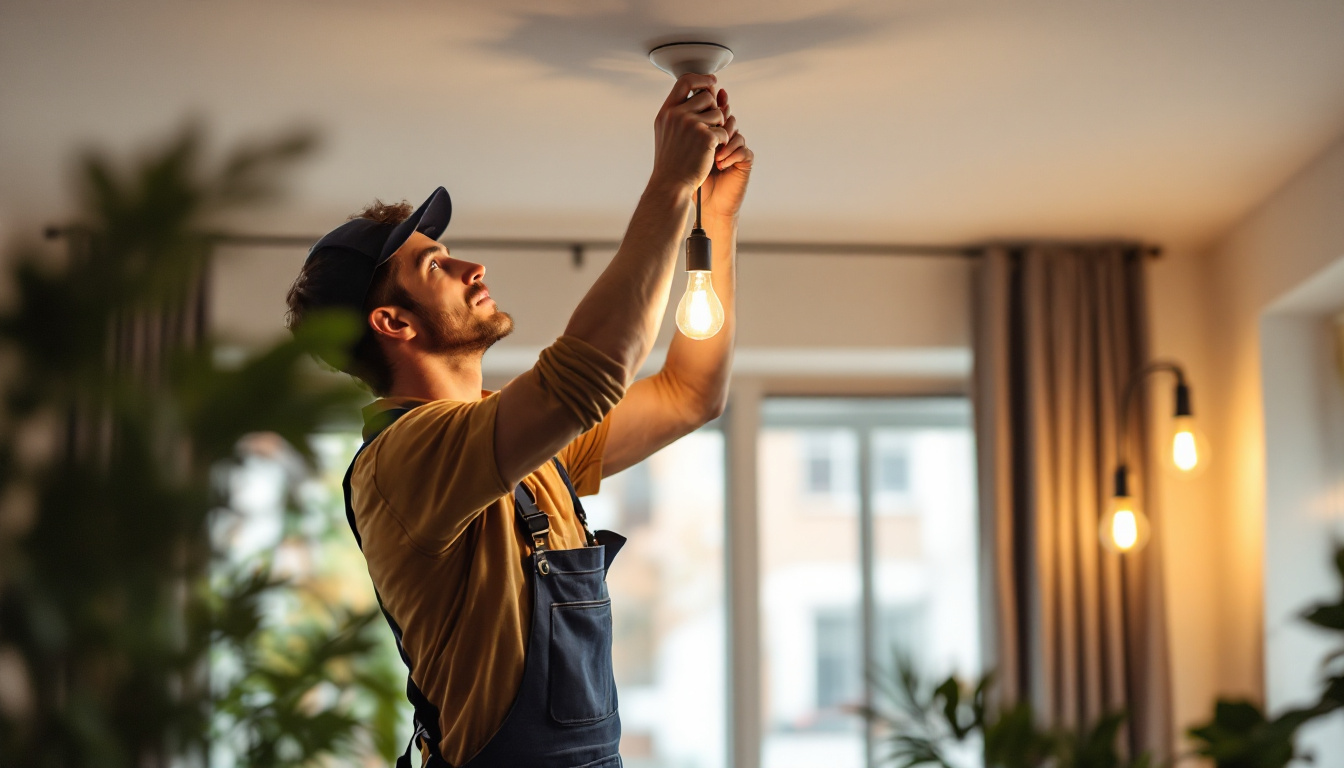
In the ever-evolving world of lighting, LED technology has emerged as a game-changer for contractors. With their energy efficiency, longevity, and versatility, LED lights and fixtures have become the preferred choice for many projects. This article explores proven methods and best practices for lighting contractors to effectively incorporate LED technology into their work, ensuring optimal results for clients and projects alike.
Understanding the benefits of LED lighting is crucial for lighting contractors. The advantages extend beyond mere aesthetics; they encompass energy savings, reduced maintenance costs, and improved environmental impact.
One of the most significant benefits of LED lights is their energy efficiency. Compared to traditional incandescent and fluorescent bulbs, LEDs consume significantly less power while providing the same or even greater levels of brightness. This efficiency translates into lower energy bills for clients, making LED installations an attractive option.
Moreover, the lower energy consumption of LEDs contributes to a reduced carbon footprint. As sustainability becomes a priority for many businesses and homeowners, offering LED solutions positions contractors as environmentally conscious professionals. In fact, studies have shown that switching to LED lighting can reduce energy consumption by up to 80%, which not only benefits the environment but also encourages clients to embrace greener practices in their daily operations.
LED lights are known for their impressive lifespan, often lasting 25,000 hours or more. This longevity means fewer replacements and less frequent maintenance, which is a significant advantage for both contractors and clients. For contractors, this translates to lower labor costs and increased customer satisfaction.
Additionally, LEDs are more durable than traditional bulbs. They are resistant to shock, vibrations, and extreme temperatures, making them ideal for various applications, from residential to commercial settings. This durability ensures that clients receive reliable lighting solutions that stand the test of time. Furthermore, the solid-state construction of LEDs means they are less likely to break or fail unexpectedly, providing peace of mind for clients who require consistent and dependable lighting in their spaces.
LED technology offers unparalleled design flexibility. Available in various shapes, sizes, and color temperatures, LEDs can be tailored to suit any project requirement. Whether it’s for ambient lighting in a home or task lighting in an office, contractors can find the right LED fixture to meet client specifications.
Furthermore, the ability to integrate LEDs into smart lighting systems allows for innovative control options. Contractors can provide clients with customizable lighting solutions that enhance convenience and energy savings, further solidifying their reputation as industry leaders. The integration of LEDs with smart technology also opens doors to features such as remote control, dimming capabilities, and scheduling, allowing clients to create tailored lighting experiences that suit their lifestyles and preferences. This adaptability not only enhances the aesthetic appeal of spaces but also promotes energy conservation by allowing users to optimize their lighting usage based on actual needs.
With a myriad of LED fixtures available on the market, selecting the right ones for a project can be daunting. Contractors must consider various factors to ensure that the chosen fixtures meet both aesthetic and functional requirements.
color temperature, measured in Kelvin (K), plays a crucial role in the atmosphere created by lighting. For instance, warm white (2700K-3000K) is ideal for residential settings, providing a cozy and inviting ambiance. In contrast, cool white (4000K-5000K) is often preferred for commercial spaces where a more vibrant and energetic feel is desired.
Contractors should educate clients about the importance of color temperature and help them choose fixtures that align with their vision. This guidance not only enhances the overall design but also ensures client satisfaction with the final result. Furthermore, it’s important to consider how color temperature can affect the perception of colors within a space; for example, warmer tones can make reds and yellows appear more vibrant, while cooler tones can enhance blues and greens, influencing the overall mood and functionality of the area.
When selecting LED fixtures, it is essential to consider wattage and lumen output. While wattage indicates energy consumption, lumen output measures brightness. Contractors should aim for fixtures that offer high lumen output while maintaining low wattage, ensuring energy efficiency without compromising on brightness.
Understanding the specific lighting needs of each space is vital. For example, task-oriented areas like kitchens and offices may require brighter fixtures, while living rooms and bedrooms might benefit from softer, ambient lighting. By carefully calculating the required lumen output, contractors can deliver tailored solutions that meet client needs. Additionally, it’s beneficial to consider the dimming capabilities of fixtures, as this allows for flexibility in adjusting brightness levels to suit different activities and times of day, enhancing the versatility of the space.
LED fixtures come in various types, each suited for different applications. From recessed lighting to pendant fixtures, understanding the unique characteristics of each type is essential for contractors. Recessed lights, for instance, offer a sleek and modern look, making them ideal for contemporary spaces. On the other hand, pendant lights can serve as focal points in dining areas or kitchens.
Additionally, outdoor LED fixtures are gaining popularity due to their durability and efficiency. Pathway lights, floodlights, and wall sconces enhance outdoor spaces while providing safety and security. By staying informed about the latest trends and technologies, contractors can recommend the most suitable fixtures for any project. Moreover, integrating smart lighting solutions can further elevate the functionality of LED fixtures. Smart technology allows for remote control, scheduling, and even integration with home automation systems, providing clients with a modern and convenient lighting experience that can adapt to their lifestyle needs.
Proper installation is critical to maximizing the benefits of LED lighting. Contractors must adhere to best practices to ensure that fixtures operate efficiently and effectively.
Before installation, careful planning and layout are essential. Contractors should assess the space and determine the optimal placement of fixtures to achieve the desired lighting effect. This involves considering factors such as room size, ceiling height, and the purpose of the space.
Creating a lighting plan that outlines fixture locations, types, and wattages can streamline the installation process. This plan serves as a valuable reference for contractors and ensures that all team members are on the same page, reducing the likelihood of errors during installation.
LED fixtures often require specific electrical considerations. Contractors should ensure that the existing wiring is compatible with the new fixtures and that the circuit can handle the load. Additionally, using the correct dimmers and drivers is crucial for optimizing LED performance.
It is also advisable to follow local codes and regulations regarding electrical installations. Compliance not only ensures safety but also protects contractors from potential liabilities.
After installation, thorough testing is essential to ensure that all fixtures function correctly. Contractors should check for issues such as flickering, inconsistent brightness, or color discrepancies. Addressing these problems promptly can prevent client dissatisfaction and enhance the contractor’s reputation for quality work.
Implementing a quality assurance process, including client walkthroughs and feedback sessions, can further solidify the contractor’s commitment to excellence. This proactive approach fosters trust and encourages repeat business.
While LEDs are known for their longevity, regular maintenance is still essential to ensure optimal performance. Contractors should educate clients about maintenance practices and be prepared to address any issues that may arise.
Encouraging clients to conduct routine inspections of their LED fixtures can help identify potential problems before they escalate. This includes checking for dust buildup, ensuring proper functioning, and assessing the overall condition of the fixtures.
Contractors can offer maintenance packages that include periodic inspections and cleaning services, providing clients with peace of mind and ensuring that their lighting systems remain in top condition.
Despite their reliability, LED fixtures can experience issues such as flickering or dimming. Contractors should be equipped to troubleshoot these problems effectively. Common causes of flickering may include incompatible dimmers, voltage fluctuations, or loose connections.
By understanding the underlying issues and providing clients with clear guidance on how to resolve them, contractors can enhance their service offerings and build lasting relationships with clients.
The lighting industry is continuously evolving, with advancements in technology and design shaping the landscape. Contractors must stay informed about the latest trends and innovations to remain competitive and provide clients with cutting-edge solutions.
Participating in workshops, webinars, and industry conferences can help contractors stay updated on new products and techniques. Many manufacturers offer training programs that focus on LED technology, installation methods, and energy efficiency practices.
By investing in education, contractors can enhance their skills and knowledge, positioning themselves as experts in the field. This expertise not only benefits their clients but also fosters confidence in their abilities.
Building relationships with other professionals in the industry, such as architects, interior designers, and electrical engineers, can lead to valuable collaborations. Networking provides contractors with insights into emerging trends and allows them to share experiences and best practices.
Engaging with industry associations and local trade groups can also provide access to resources and support, further enhancing a contractor’s credibility and visibility in the market.
Incorporating LED lights and fixtures into projects offers numerous benefits for lighting contractors and their clients. By understanding the advantages of LED technology, selecting the right fixtures, adhering to installation best practices, and staying updated on industry trends, contractors can deliver exceptional lighting solutions that meet the evolving needs of their clients.
As the demand for energy-efficient and sustainable lighting solutions continues to grow, contractors who embrace LED technology will position themselves for success in the competitive lighting market. By prioritizing quality, education, and client satisfaction, lighting contractors can build lasting relationships and thrive in this dynamic industry.
Ready to elevate your lighting projects with the efficiency and quality of LED technology? Look no further than LumenWholesale for all your lighting needs. We provide contractors with an exceptional range of spec-grade LED lights and fixtures at unbeatable wholesale prices, ensuring you get the most value for your investment. Say goodbye to local distributor markups and enjoy our hassle-free bulk buying experience, complete with free shipping. Don’t compromise on quality or cost—choose LumenWholesale for reliable, high-performance lighting that meets the highest industry standards. Wholesale Lighting at the Best Value is just a click away. Make the smart choice for your lighting solutions today.

Discover the ultimate guide to selecting top-rated solar garden lights with insights from lighting contractors.

Discover the essential best practices lighting contractors use when integrating LED mirrors into modern spaces.

Discover cost-effective strategies and expert tips for lighting contractors to enhance their projects without breaking the bank.

Discover the secrets to enhancing your flagpole lighting with solar power.